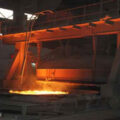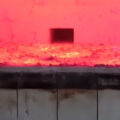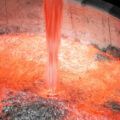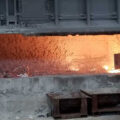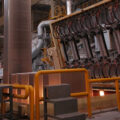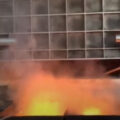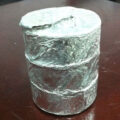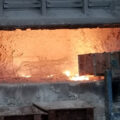Although the melting process of cast aluminum alloy and cast copper alloy has its own characteristics, they still have several identical or similar links.
Preparation before Smelting
Before the melting process of cast alloy, carefully check the smelting equipment, smelting and preheating the furnace or crucible cavity, smelting and drying and preheating the charge. According to the alloy composition requirements and the loss rate, prepare metal charges such as new metal, intermediate metal, and recharge. Prepare auxiliary materials such as covering agent, oxidizer, refining agent, flux, modifier, etc. according to the characteristics of the molten alloy, and perform the proportioning and weighing of the required charge.

Feeding and Melting
First add the part with the largest proportion of the charge, and the charge that has a higher melting point, is not easy to be oxidized, volatilized, and does not react with the furnace lining, and melts first to form a molten pool. For refractory elements and elements that are easy to oxidize and volatilize and are added in a small amount, they must be pre-melted into a master alloy before participating in the melting. The alloying elements that are easy to oxidize and volatile and are added in a large amount should be added after the deoxidation process is completed, so as to reduce metal loss.
Anti-inspiration and Degassing
In order to prevent the alloy liquid from inhaling, the liquid surface should be tightly covered with a covering agent, and agitated as little as possible. Strictly control the superheat of the alloy liquid in the early stage of smelting, and speed up the smelting process as much as possible.
For aluminum alloys, the purpose of refining is to remove gas and impurities. Use insoluble gas to remove dissolved gas and inclusions during refining. The specific methods are:
- Add Na2O, K2O and NaF, etc. to remove gas and inclusions by adsorption.
- Add ZnCl2, C2Cl6 reacts with aluminum to generate AlCl3 gas to remove gas and inclusions.
- Pour in N2 or Cl2 to remove gas and inclusions.
- Using a vacuum refining method to separate out dissolved gas under vacuum.
- Using the above method while using ultrasound to accelerate the degassing and impurity removal process.

